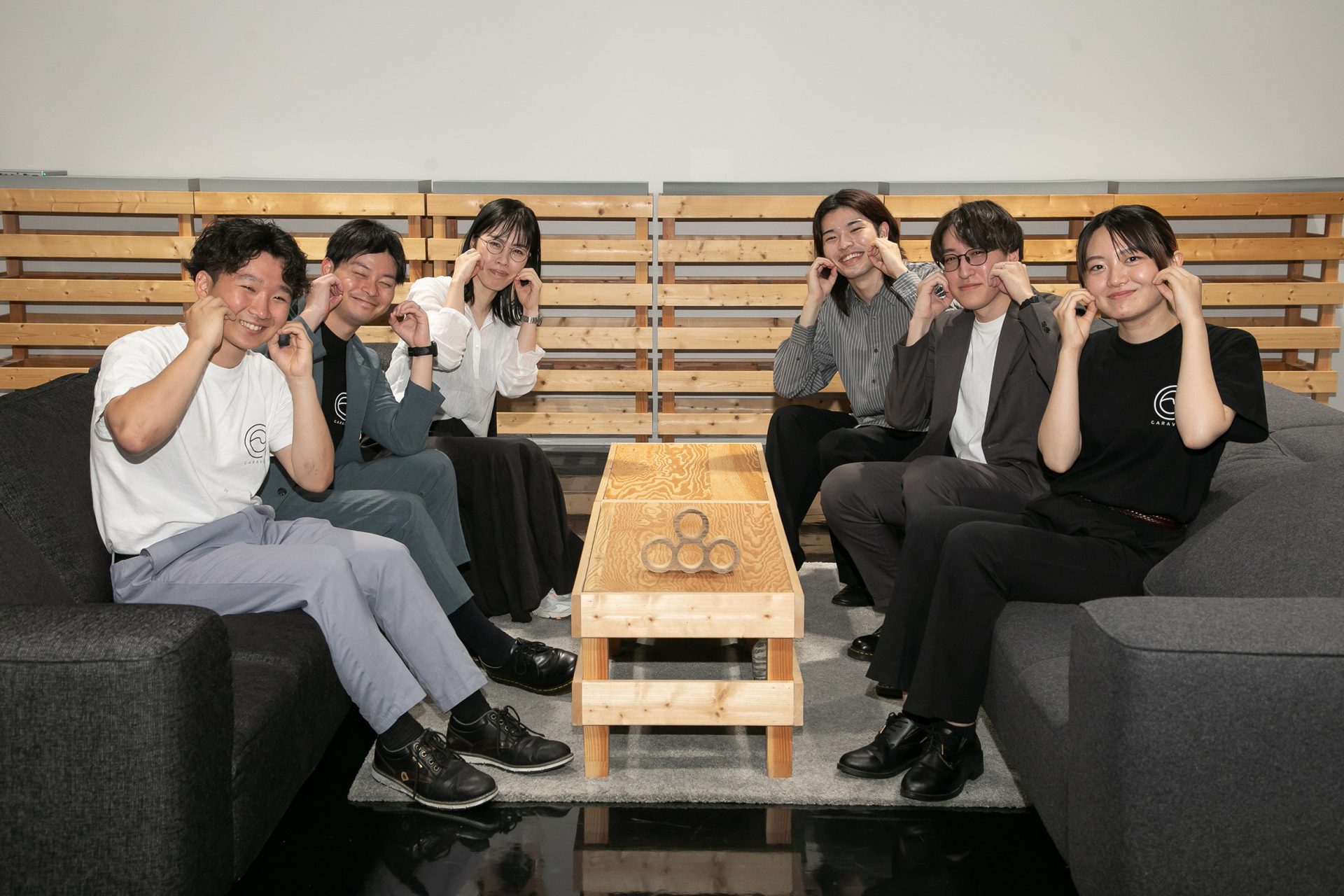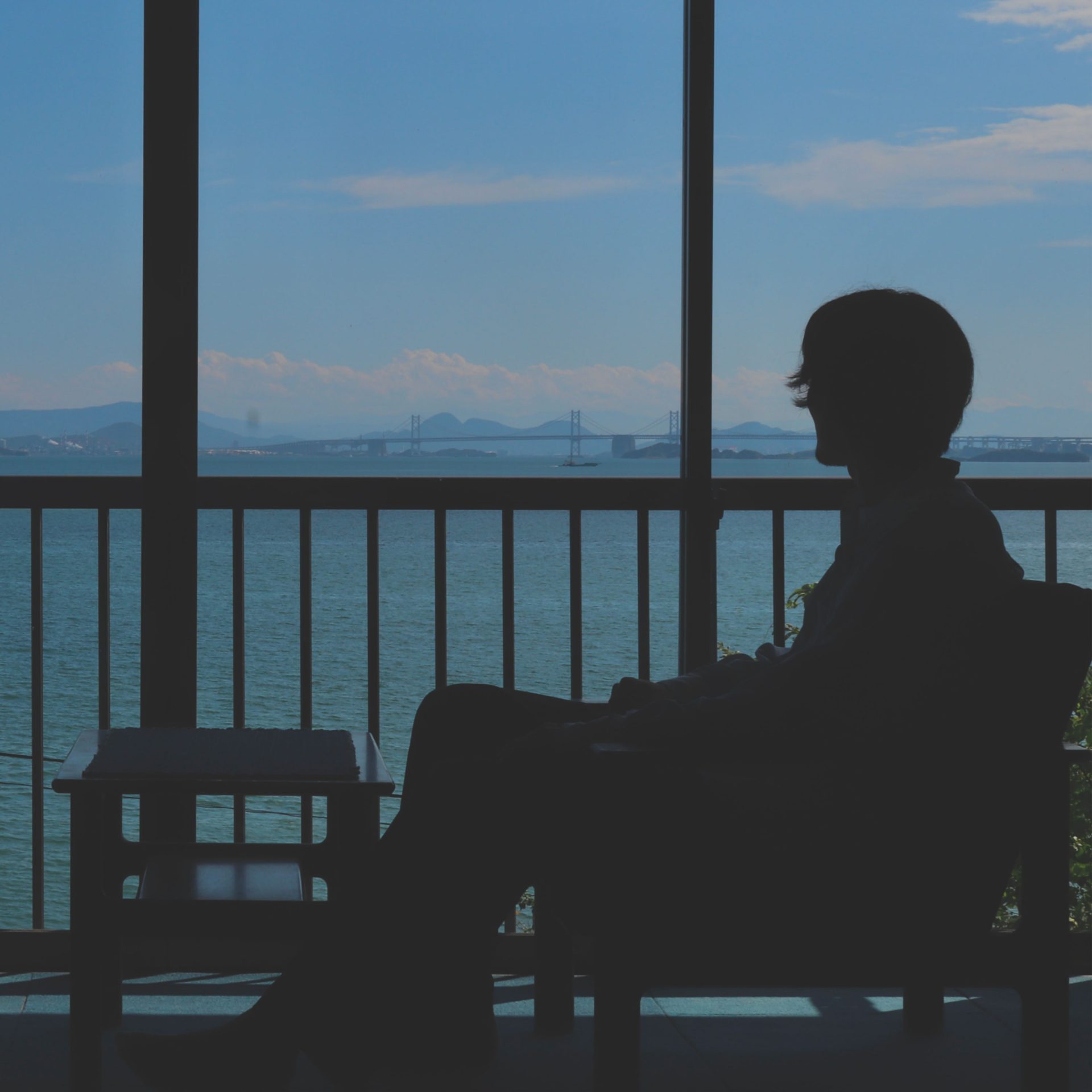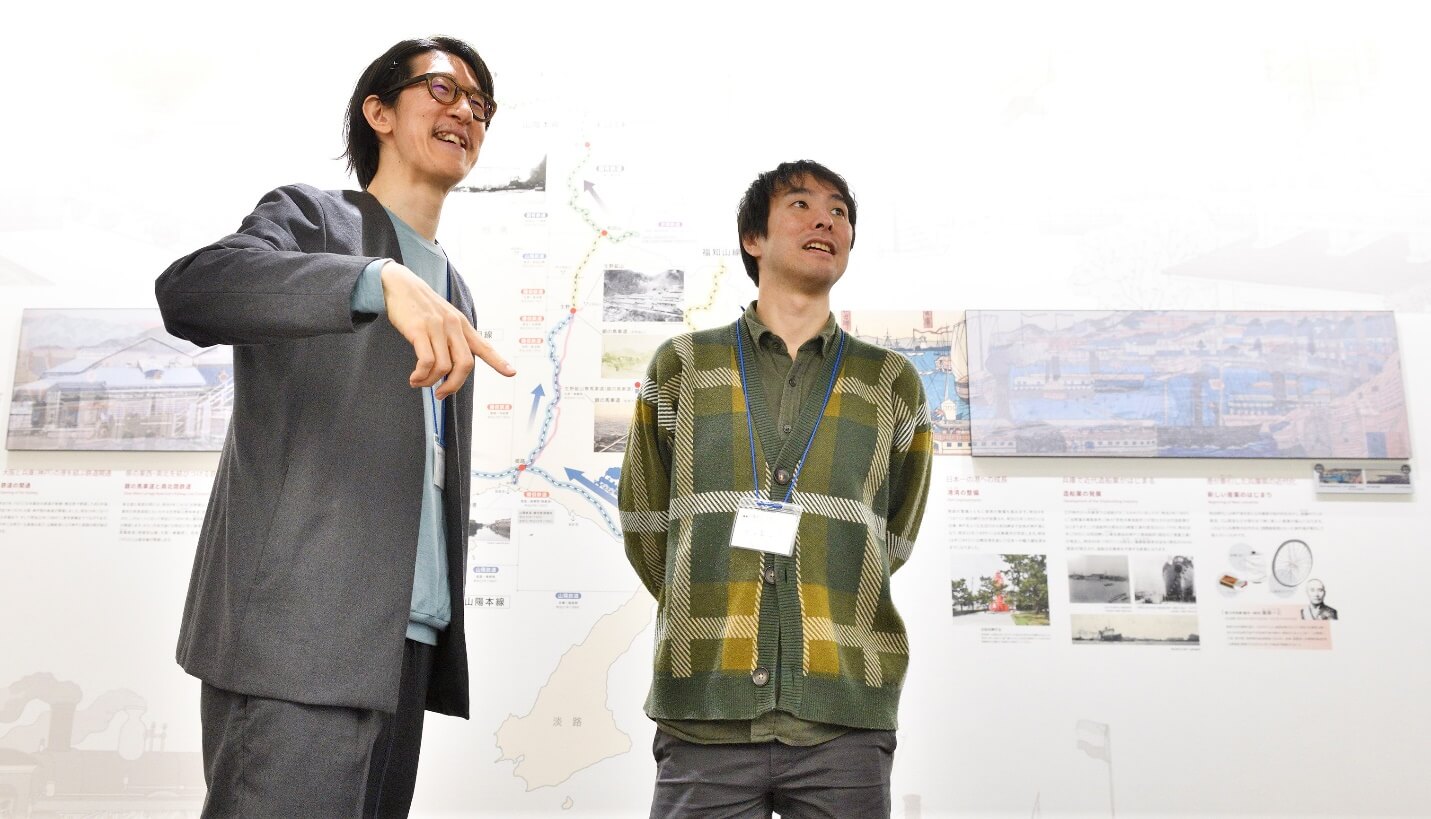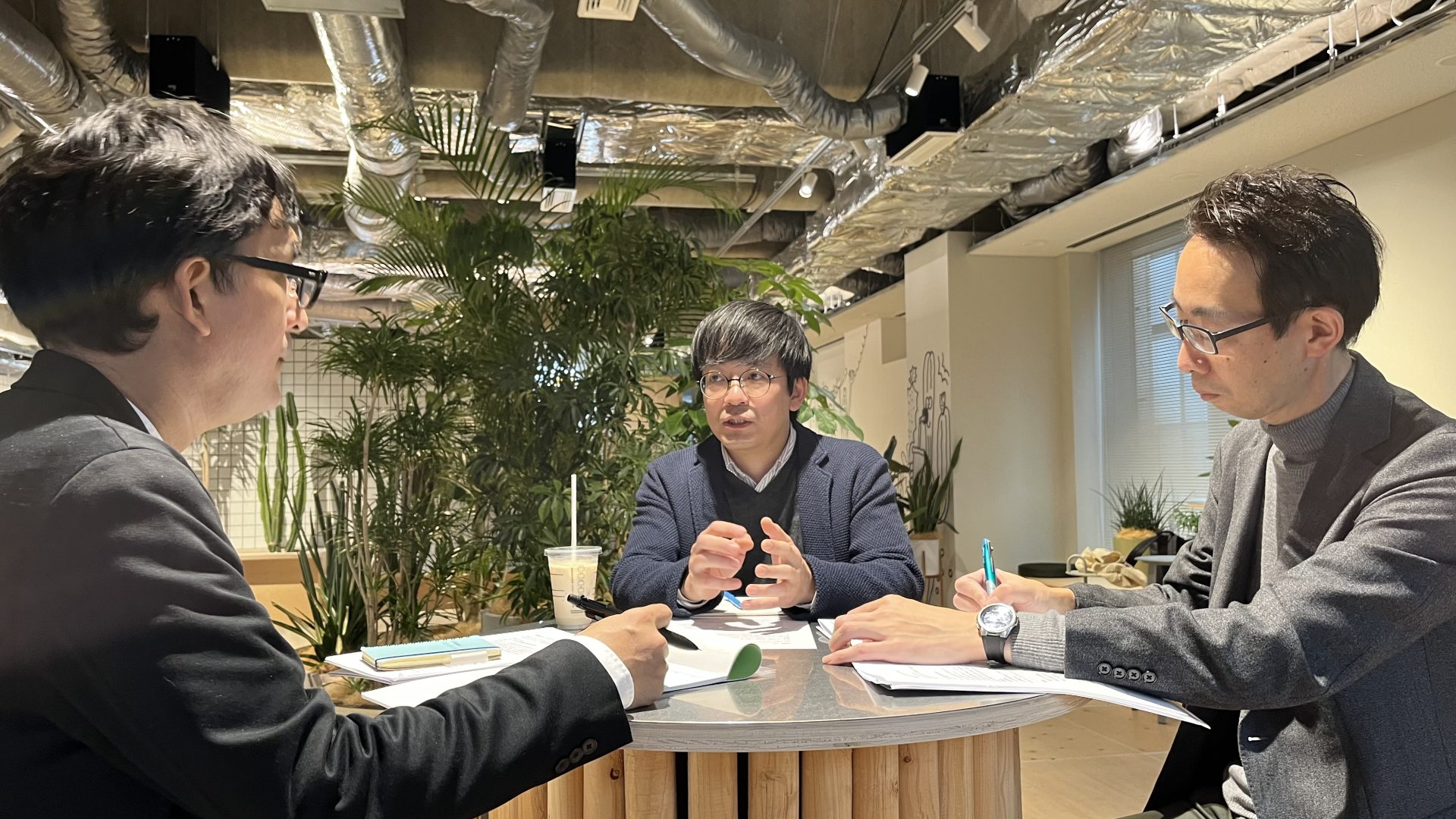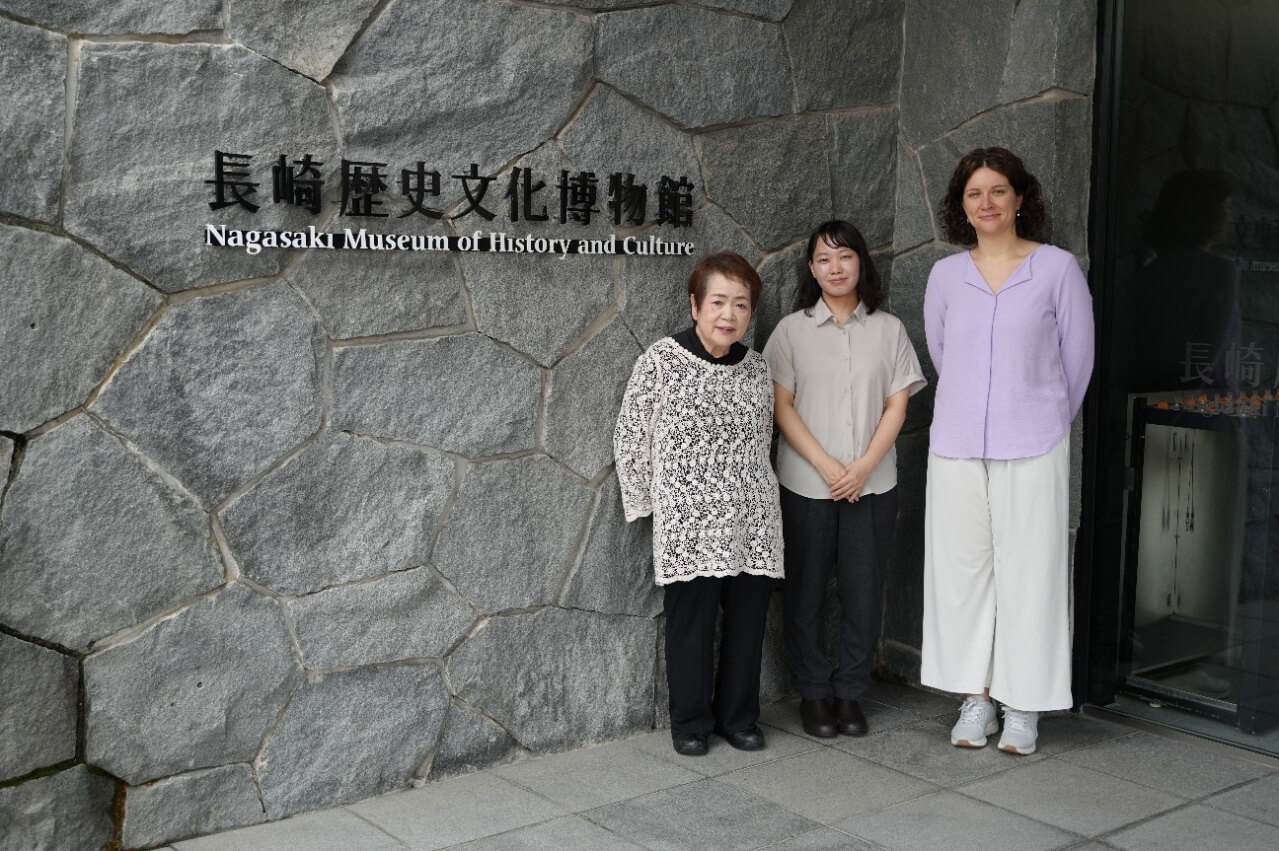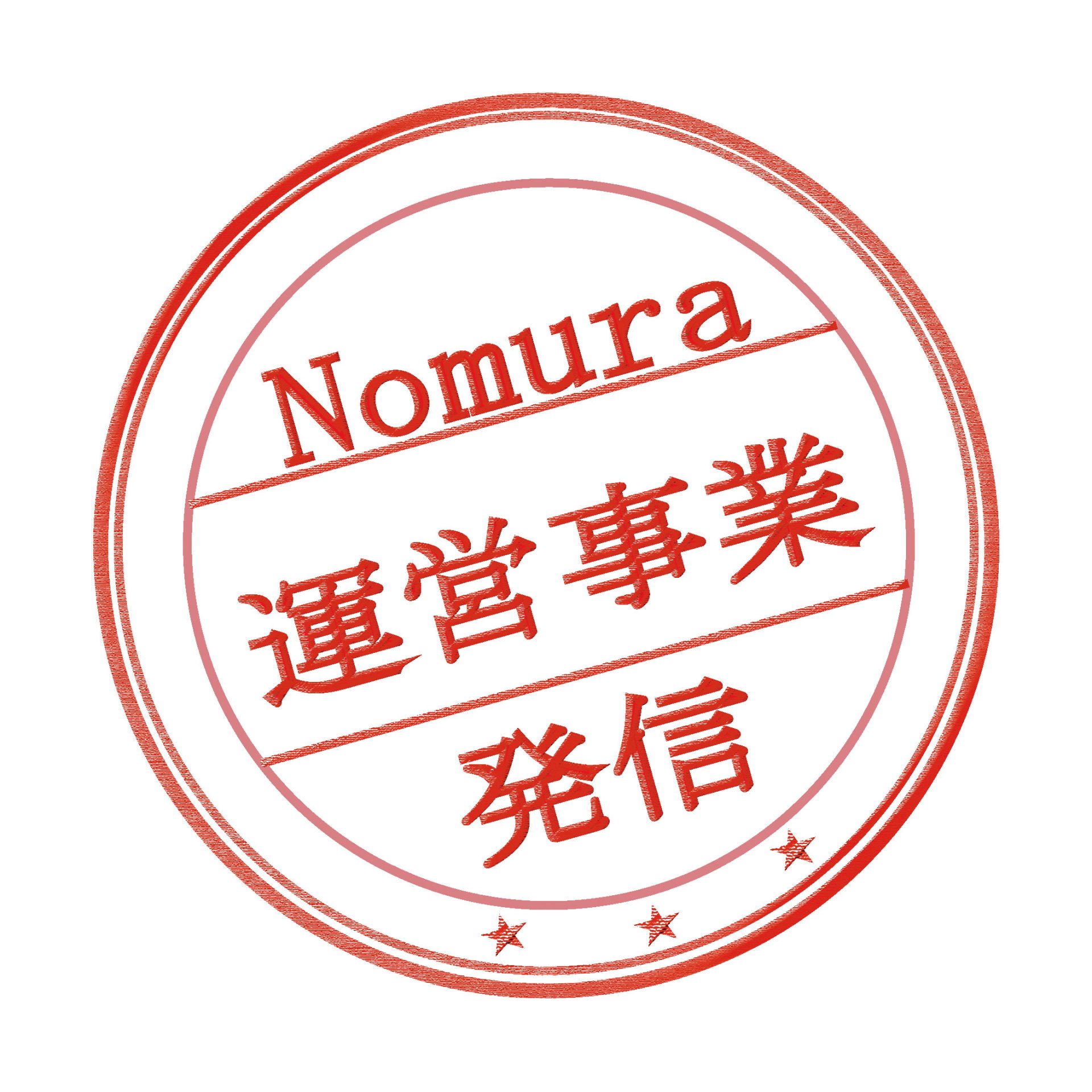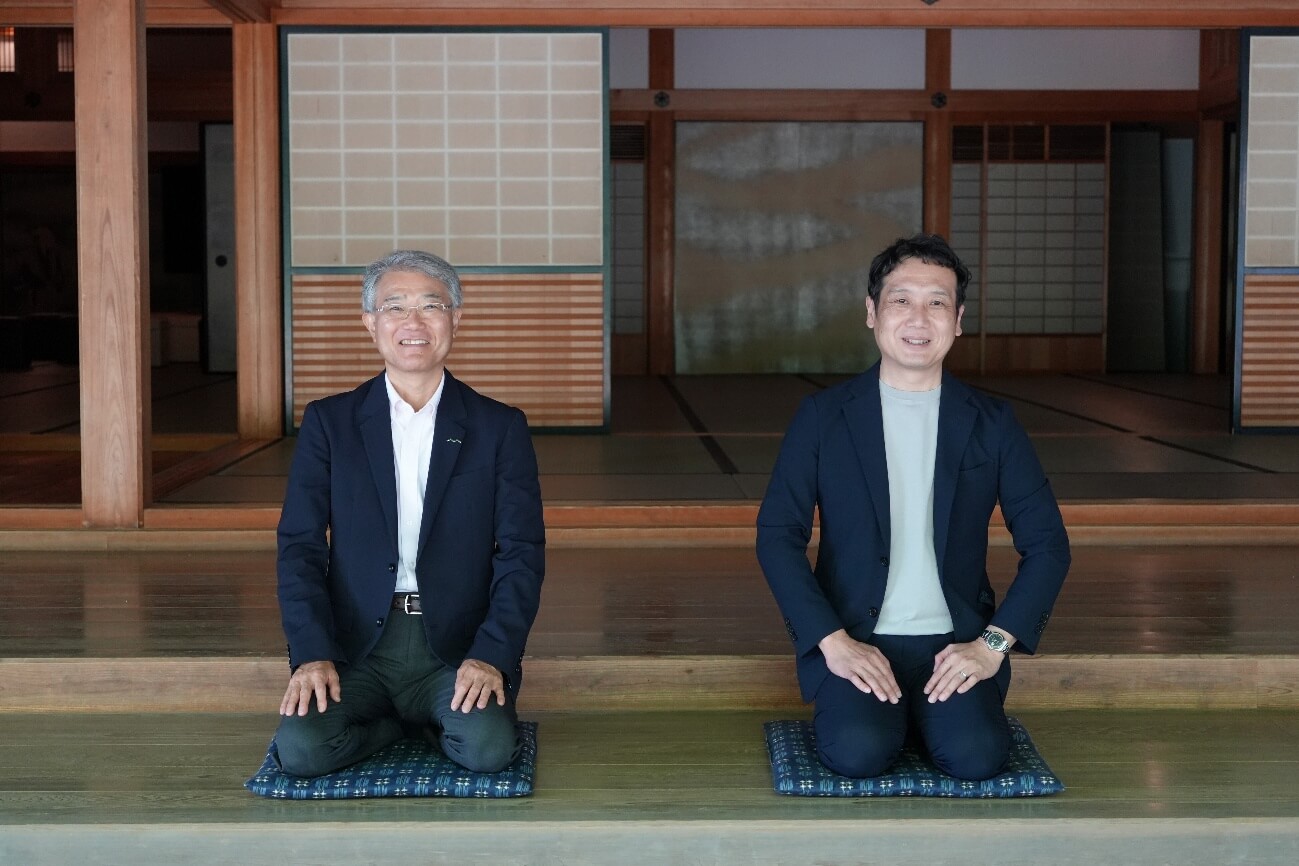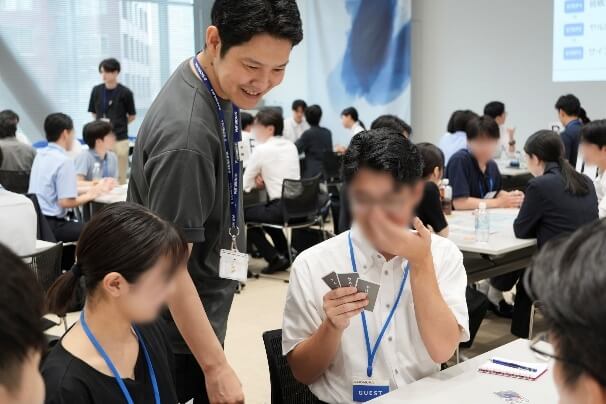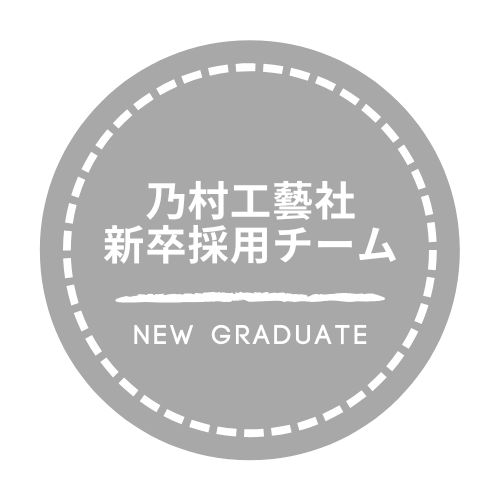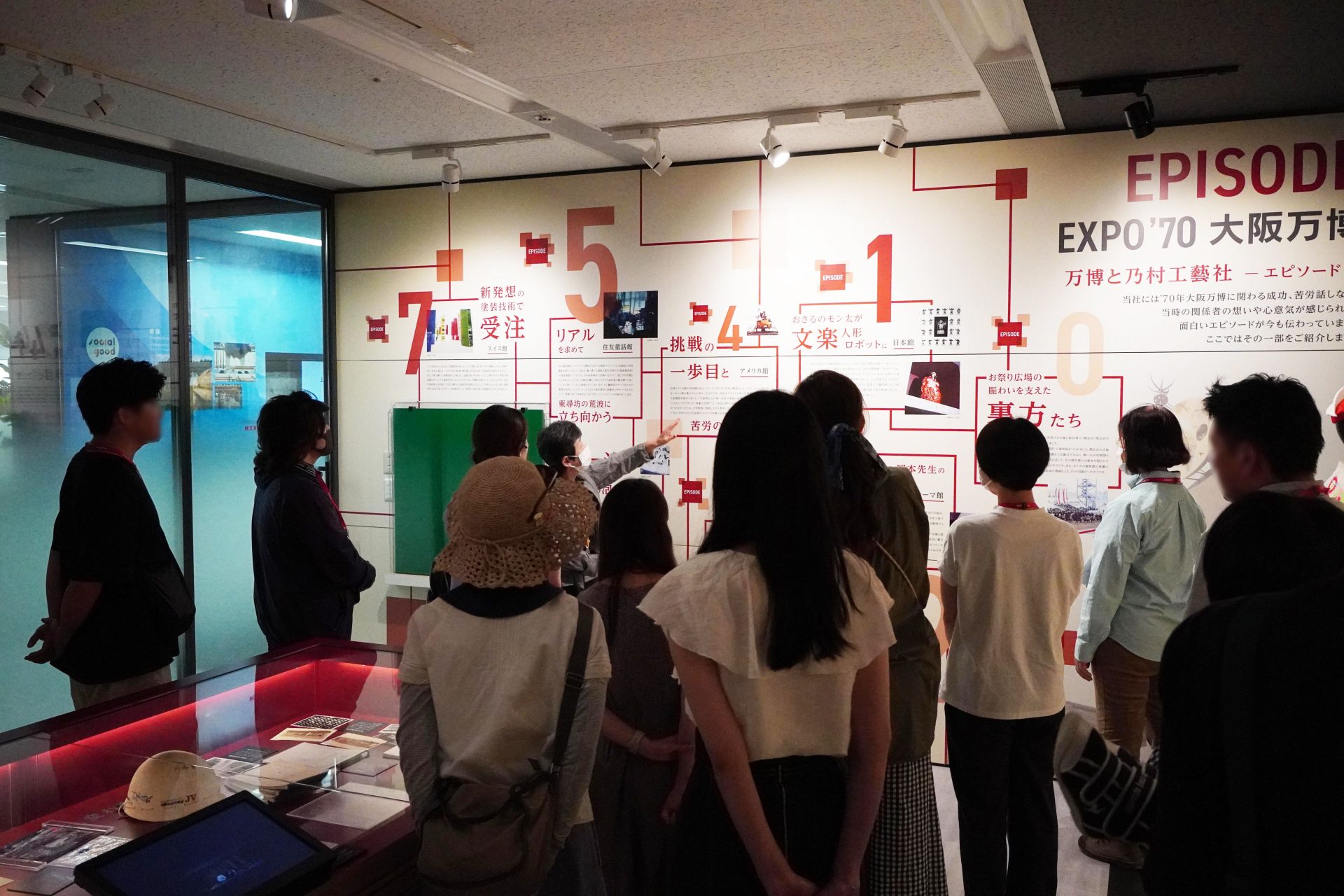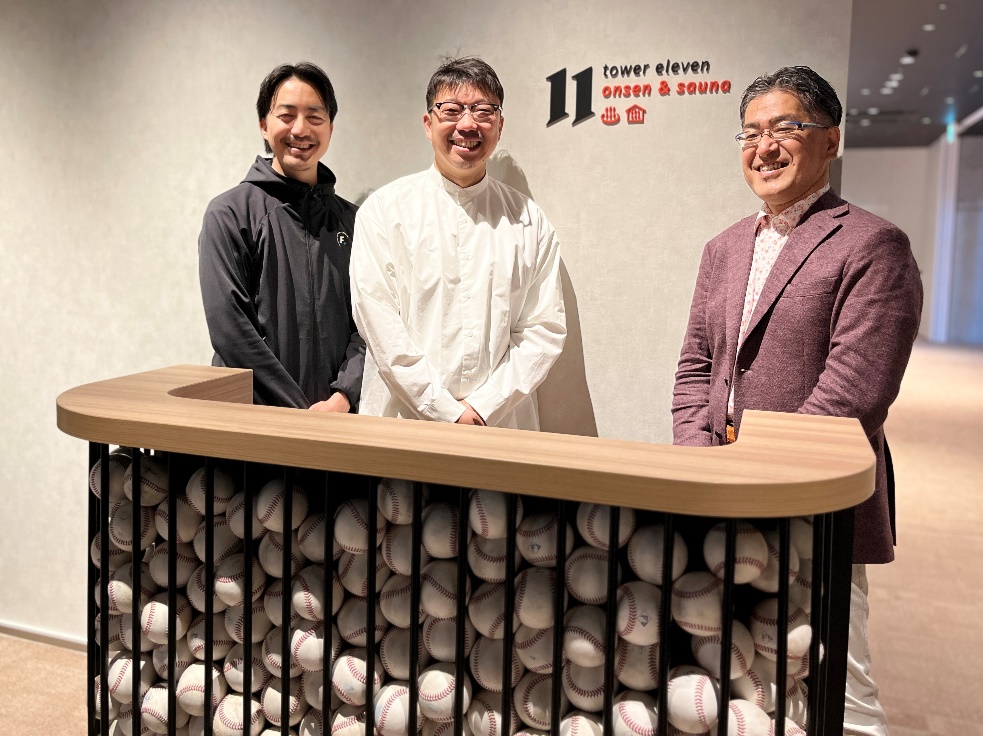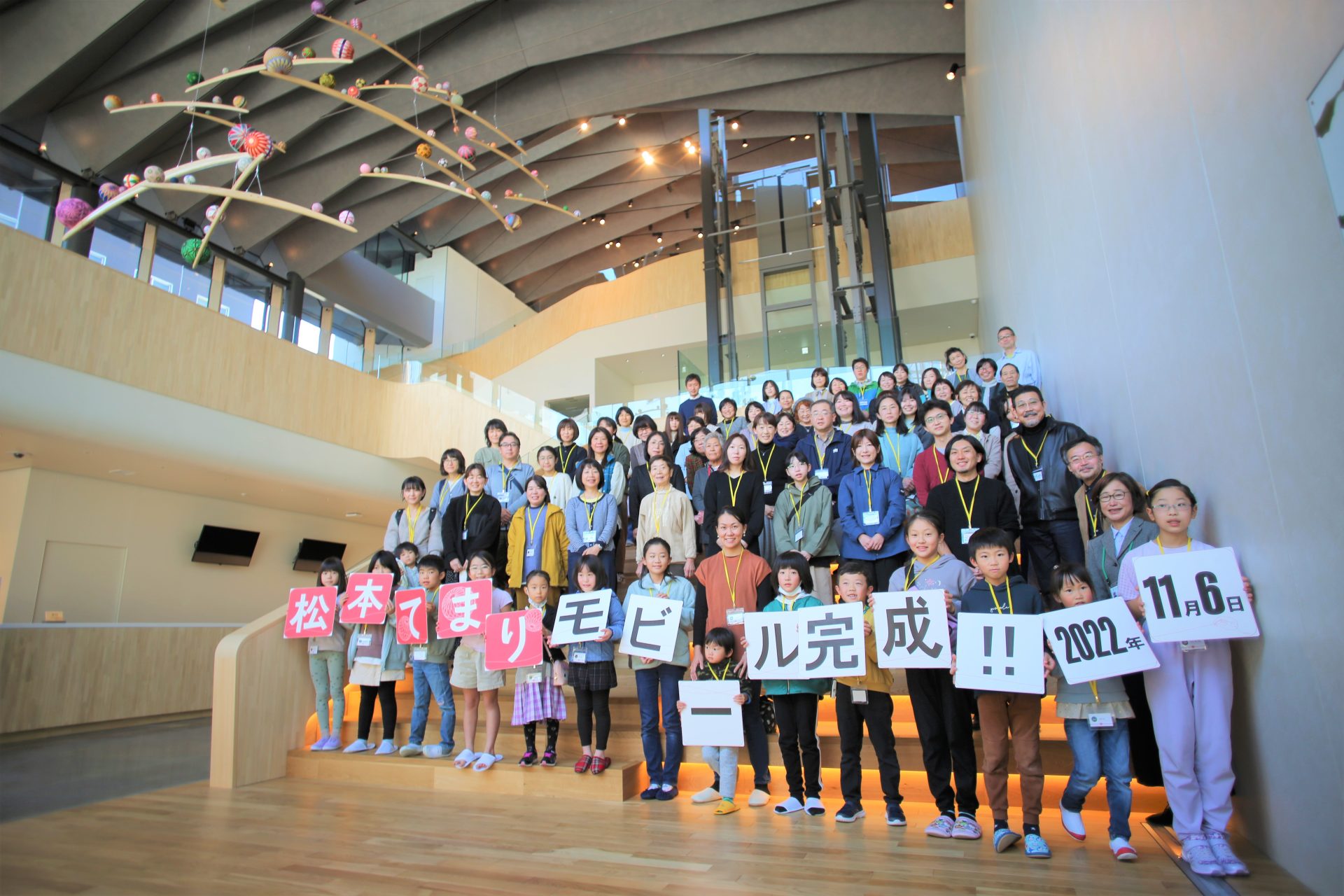
The story of the Matsumoto City Museum's renewal, where local residents and tourists can enjoy "Matsumoto studies"
- Creating a space that values visitors' questions
2024/11/14
- text and edit by
- Web version of "Cultivate" team
Matsumoto City Museum relocated from Matsumoto Castle Park to central Matsumoto city on October 7, 2023. NOMURA Co., Ltd. was responsible for the planning, design, and production. Yasutaka Senga, who was in charge of preparing for the new museum's establishment, spoke with NOMURA Co., Ltd., Ltd.'s Planning Director Yuichi Kameyama and designer Tomonori Fukano. They discussed the goals of the new Matsumoto City Museum, its state after the renovation, and future prospects.
*This article is the latest in a series of online articles from Cultivate, an owned media outlet that has approached the future of the cultural environment through interviews and discussions with various experts, with the concept of opening up new cultural horizons by examining from multiple perspectives themes such as "knowledge," "information," "creativity," and "communication" as elements of the "cultural environment" that surrounds us.
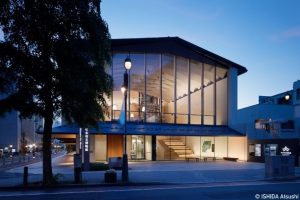
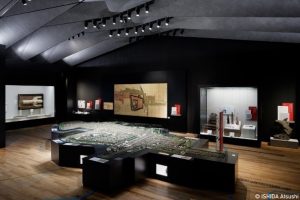
[Interviewer]
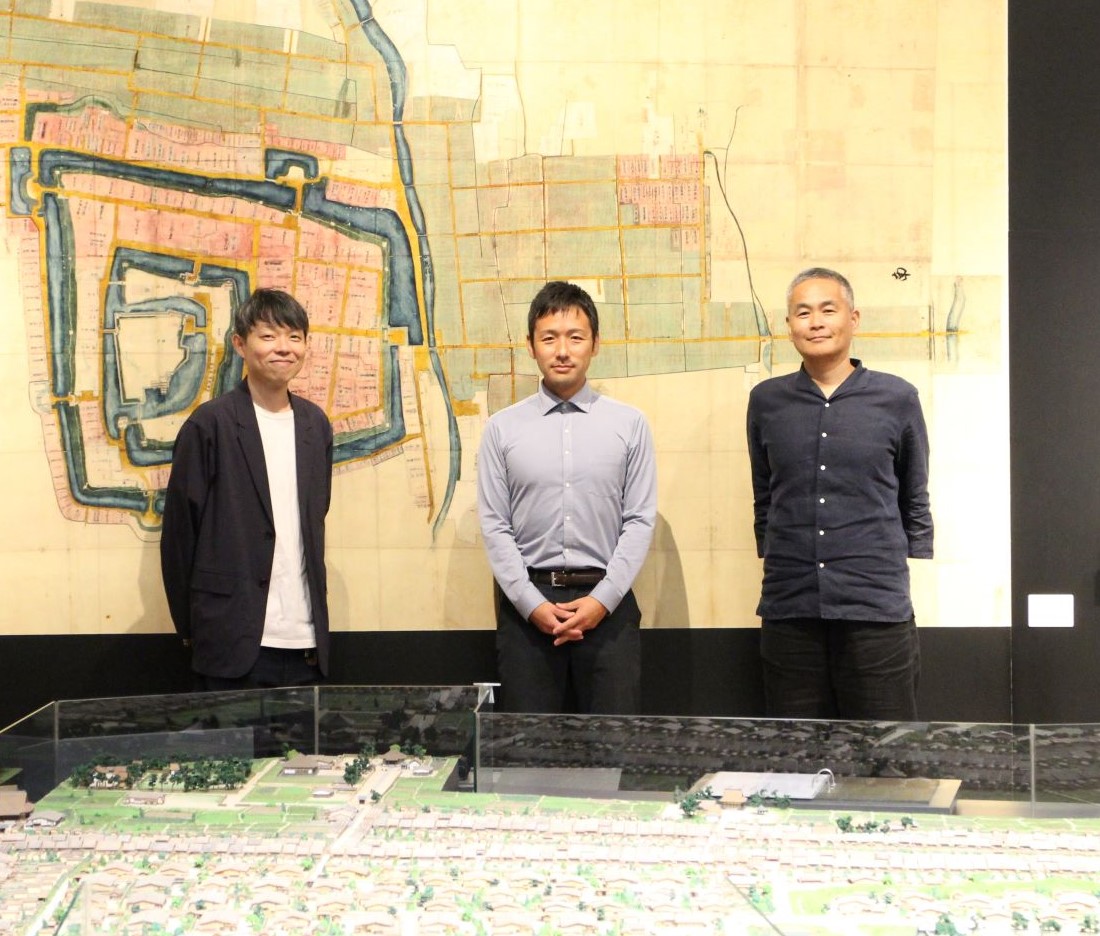
Chief of Education Policy Division, Matsumoto City Board of Education Yasutaka Senga(Center of image)
NOMURA Co., Ltd. Co., Ltd. Creative Headquarters Planning and Production Center
Planning Department 2, Room 6, Room Chief planner Yuichi Kameyama (Right)
NOMURA Co., Ltd., Ltd. Creative Headquarters First Design Center
Design Department 6 Fukano Room Room Chief designer Tomoki Fukano(Image on the left)
The new museum is a place to introduce Matsumoto
Kameyama
It's been a year since you opened. What kind of reaction have you received since you opened?
Senga-san
The data is from October last year to March this year, and 180,000 people visited the facility. This figure seems to have achieved the idea behind the design, which was to have people casually drop by as a spot in the city. If we focus only on the exhibition rooms, the number of visitors, including the permanent and special exhibitions, was about 100,000 from October to August. Previously, there was a combined ticket for Matsumoto Castle and the museum, so it is difficult to compare with the old building, but the number of visitors to the old building in fiscal year 2020 was 75,000 people per year.
Fukano
The New Museum ticket is not a set ticket, but a ticket for the museum only.
Senga-san
That's right. We have had 100,000 visitors purchase a single museum ticket. It seems like the museum has become a destination, and we feel that this is a positive outcome.
Kameyama
The museum was the destination. This was something I had been aiming for from the beginning of the project.
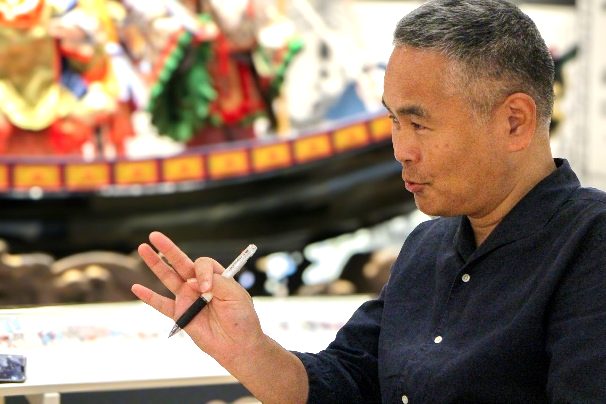
Senga-san
In a survey of visitors in March asking "Why did you come here?", 40% answered "I came to see both Matsumoto Castle and the museum." 15% said "I came just to see the museum."
Kameyama
That's good to hear.
Senga-san
The old museum was sold as a set with the castle, so the majority of visitors came to see the castle, and their time spent in the museum was short. However, since the relocation, visitors have been spending much longer there, and it seems that they are taking their time to explore the museum. Oh, and it seems that the museum is also used as a place for entertaining guests.
Kameyama
For business entertainment?
Senga-san
The other day, the mayor of Salt Lake City, Utah, USA, a sister city of Matsumoto City, visited us. After visiting Matsumoto Castle, we showed him around here, and he left very satisfied. People who live in Matsumoto also take their friends from other prefectures here to visit, so we're sure they'll be taking them on the same tour.
Kameyama
The goal from the beginning was for the new museum to become a place to introduce Matsumoto. It has already become a reality.
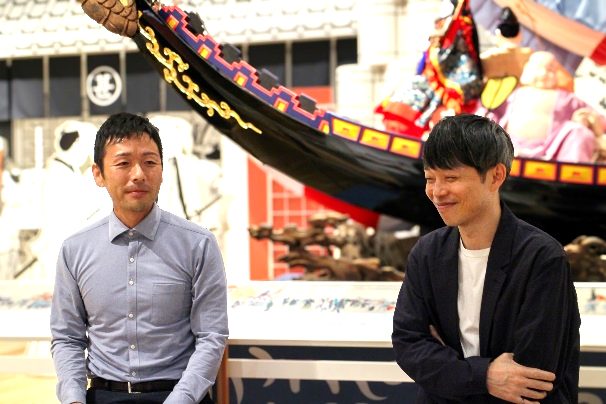
A museum unlike any other, attracting the younger generation
Fukano
By the way, you built an auditorium on the first floor. What is the occupancy rate?
Senga-san
Last year's figures showed that the occupancy rate was close to 70% for meetings, seminars, etc. It seems that the local people recognize it as a place that is easy for everyone to use.

Auditorium (1st floor)
Fukano
I often see students doing their homework in the free space on the first floor. We discussed during the design stage that it would be nice if the local people used it in that way. So when we opened and saw students gathering there, I was happy and thought, "Oh, they really use it like that."
Senga-san
The age group of users has also dropped significantly, and students seem to be saying, "I want to study at the museum." There are pros and cons about whether this is the right way to use a museum. However, we had hoped for this to be used in the design stage, and I don't think there are many museums in the country that attract young people. By attracting young people, it has become a bright and lively image. I think the previous image of museums as stiff and dusty has been dispelled.
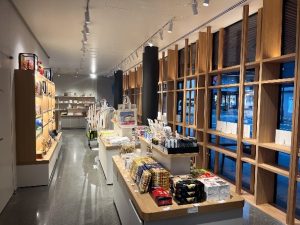
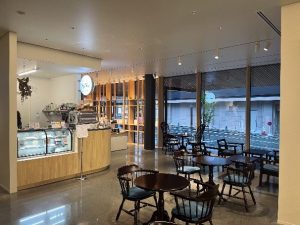
Shop/cafe (1st floor)
Kameyama
I hope that the power of the space and the exhibits plays a part.
Senga-san
I think the power of space is particularly great. It was also a big factor that we were able to steer the building in that direction during the design stage. We were determined to make it open and spacious because it is in the middle of the city.
Fukano
There are two entrances on the first floor of the building, and one side is made of glass so that the interior can be seen from the outside. When we were designing it, we discussed how it would be nice if the interior of the building could become a passageway. We wanted people to use it in a way that would make them think, "It's cold, so let's go through the building and head out to the main street."
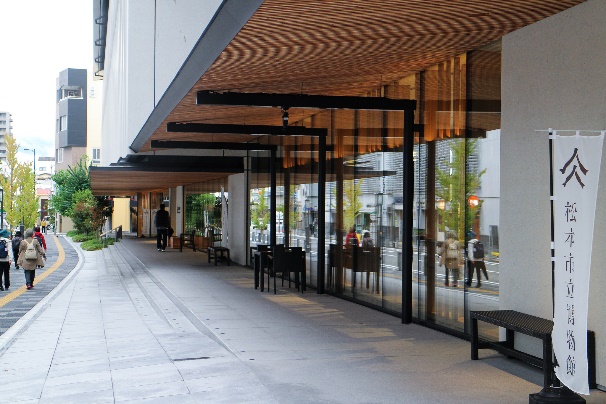
The flow of people inside the building on the first floor is connected to the streets of the town, so some people stop by while enjoying a stroll around the town.
Senga-san
We are getting closer to our ideal. In March, we held an architecture and art festival, and showed a movie on the monitor at the entrance on the first floor. In a questionnaire survey conducted at the time, one of the comments was, "A museum where you can watch movies. It feels like it's not just for tourists, it's for the local community." We wanted the locals to use the museum on a daily basis, so we were happy that our message was conveyed.
The concept of "Matsumoto Studies" that became the basis for the creation of the new museum
Kameyama
Why don't we talk about "Matsumoto studies," which is essential to talking about the new museum?
Senga-san
At the planning stage, we established two missions: "Exploring Matsumoto" and "Creating the future of Matsumoto." Matsumotogaku is a coined word, but it is the idea of "exploring and passing on our hometown, Matsumoto." Prior to "Matsumotogaku," Matsumoto City had formulated the "Matsumoto Marugoto Museum Concept (commonly known as Maruhaku)" in 2000. The idea was that "the whole of Matsumoto city is a museum without a roof." Not only the local cultural assets, but also the natural environment, flora and fauna, industry, and work are all Matsumoto's treasures. The people who work there are also treasures. Matsumotogaku is also a broad concept like that. We wanted the new museum to play a role in introducing and protecting the cultural assets of the region.
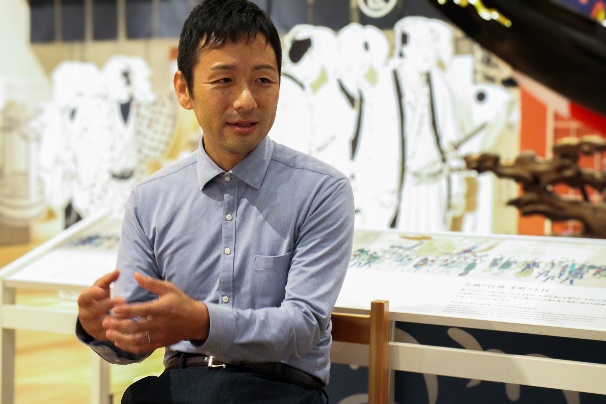
Kameyama
We built a museum while saying that the real thing is on-site and that the site is important. It may be seen as a contradiction. We thoroughly discussed how to reflect this structure in the design of the new museum.
Senga-san
I don't want the museum to be a place where you can learn everything you need to know, but rather a place where the museum is the starting point for the actual site. This was something I had in mind from the beginning, from the design stage onwards. I think we had a lot of trouble with Nomura-san about how to introduce the actual site. You can explore the entire museum, deepen your knowledge of Matsumoto, and then go out to the actual site. Once I had this line of thinking in mind, the role of the permanent exhibition became clear.
Kameyama
Another issue that was relevant was how to contribute to revitalizing the city center.
Senga-san
A place where all kinds of people gather, interact and create a lively atmosphere. It expresses the unique characteristics of this castle town and increases the accessibility of the town from the perspective of cultural tourism. I was conscious of creating an exhibition that would expand beyond that.
Fukano
The things we really want people to see are on-site. I struggled with what the permanent exhibition should be like. But it seemed like the decision to make it a themed exhibition came together without much hesitation.
Senga-san
That's right. If it's in chronological order, it might be hard to interest people who aren't history buffs. In that case, I think it would be better to have the exhibition content based on a theme that directly conveys Matsumoto's characteristics, so people would be more interested.
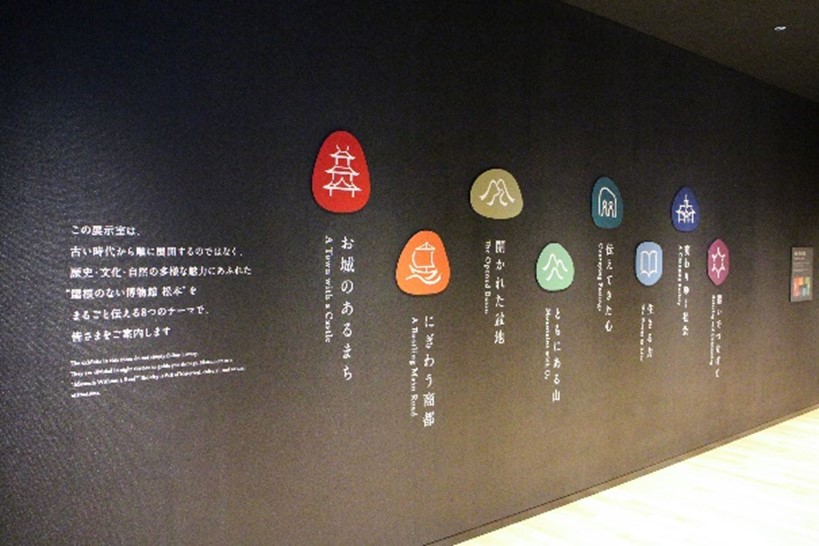
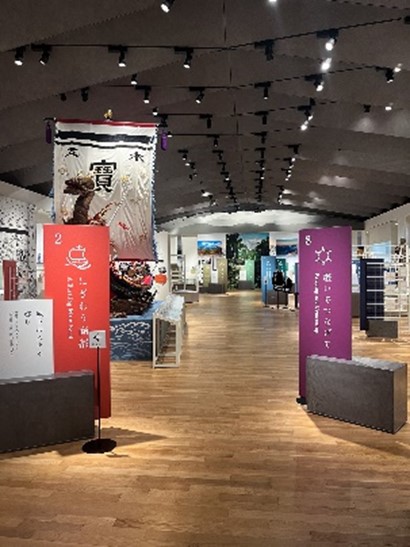
An exhibition space with eight themes
Fukano
A thematic exhibit is easier to update than a chronological exhibit. The desire to keep changing the exhibit content was something we had received from the beginning. I remember that we designed this corner while calculating how it would change in this cycle.
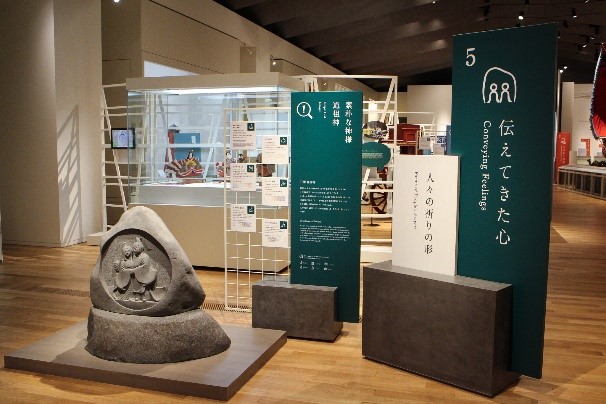
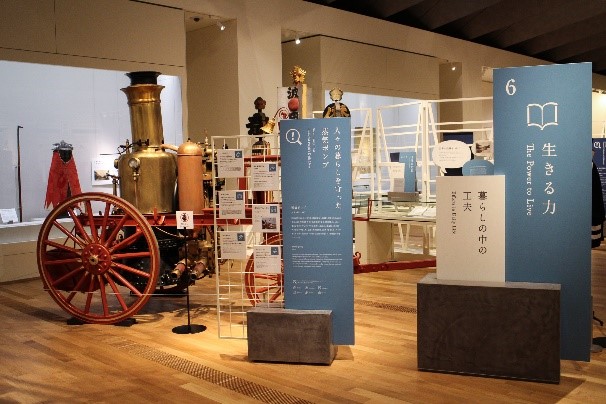
An exhibition space designed with updating of exhibit content in mind
Senga-san
At first, we made it possible to update everything, but when we got the three-dimensional designs, it seemed a little dull. So we decided to have only three areas in the whole exhibit remain unchanged. For the things that will not change, we all came up with themes that "are the backbone of Matsumoto, so they must be there," and we chose the castle town, commercial city, and mountain. In order to express the "Matsumoto Whole Museum Concept" here, we probably spent more time going to the site, listening to the local people, and experiencing it for ourselves than we did looking at materials.
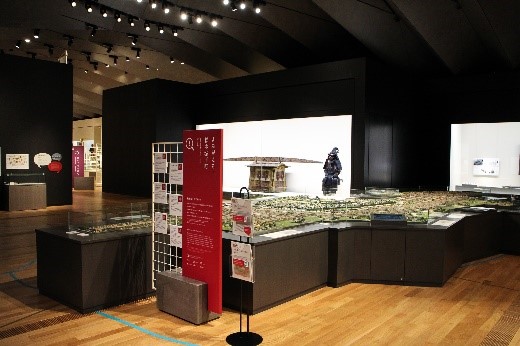
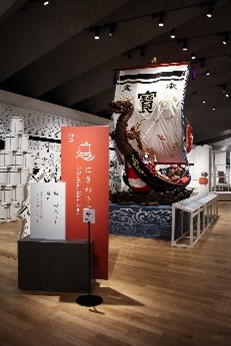
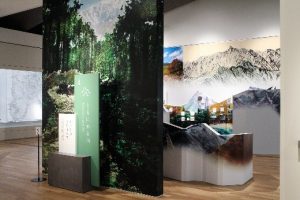
An exhibition space themed on the backbone of Matsumoto: castle town, commercial city, and mountains
Fukano
It felt like everyone involved in the opening was digging deep into Matsumoto Manabu. We were aware that we were learning Matsumoto Manabu from scratch.
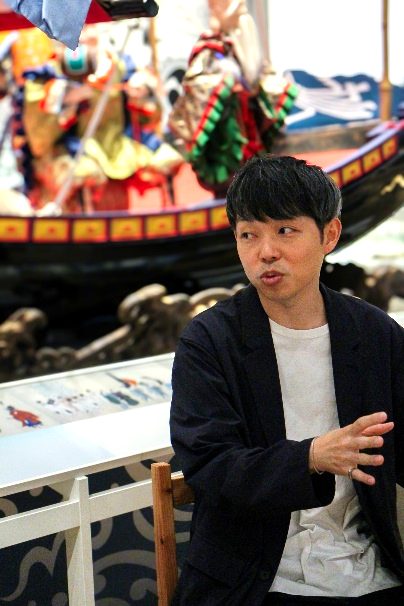
The important thing is the questions. It is not the museum that tells the visitors, but the questions that they have.
Senga-san
Seeing the land, feeling the culture, and listening to the people who live there. That changes the commentary you want to write, and because I heard so many passionate thoughts on the ground, I felt that I wanted to spread that information, that I had to spread it.
Of course, at the same time, we must also clarify the academic value and basis. I would like visitors to the exhibition room to feel the "realization" that I gained on site. Mr. Kameyama also spoke about such exciting "realizations" under the theme of "questions" from the beginning of the project.
Kameyama
yes.
I thought that the deciding factor would be how many "questions" we could create - that is, how many things that make visitors go "What is this?" (pinpoint!)
Senga-san
At first, I misunderstood the meaning of "question." I thought that a curator posing a question to a visitor was a "question."
But while I was visiting the area, I had a moment of realization, even though no one had asked me, and I thought, "Ah, this is it!" I realized that this is the experience I want my customers to have.
Kameyama
Sometimes there are exhibits that ask questions in a Q&A format, but I think that limits the possibilities for visitors to enjoy the exhibit. Aren't the questions something that the museum should have, not something that the museum should convey?
Senga-san
It is no good to try to convey or teach something. It is important to present a perspective that will help others become aware of something. I think that is the role that museums need to play.
For example, there is a diorama inside. There are actually many things I would like to explain, but please hold back (laughs). Some customers may want more explanation, but they can look it up themselves.
Kameyama
When there's something you want to know, sometimes it's better to look it up using your preferred method, such as the Internet.
Senga-san
"Why is there a horse here?" "Why is there a building like this here?" We believe that this diorama has infinite possibilities for asking questions and raising new realizations.
Fukano
People who have lived in the town for a long time talk about their town and talk to us. The permanent exhibition is filled with such warm and friendly words.
Kameyama
The explanatory text and its descriptions are exactly what make you want to go to the place.
Senga-san
I was conscious of choosing words that would be approachable to visitors, as I didn't want them to feel like I was giving a lecture.
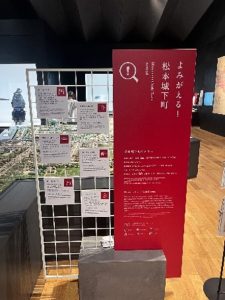
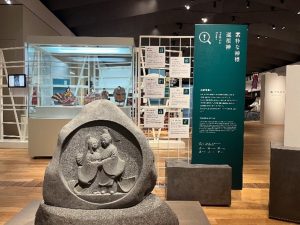
The "Monolize" exhibit allows visitors to discover the joy of looking at things in their own way
Fukano
The "Well of Inquiry" is also unique. It is a well-shaped structure with a little self-deprecation and a copy that anyone living in Matsumoto can nod to. What did you think of it?
*When the museum first opened, it was a hot topic because it depicted "Matsumoto-related topics." The well is scheduled to be updated about once a year.
Senga-san
Some people found it amusing, but others were unsure. But I think it's better than being indifferent.
Fukano
It's okay for there to be pros and cons.
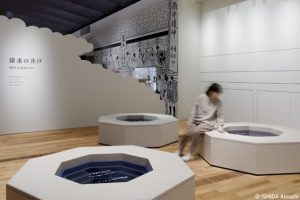
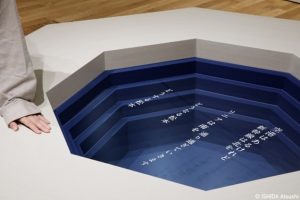
TheWell of Inquiry is located in the center of the exhibition space, midway through the exhibits.
Kameyama
The "Well of Inquiry" is a place to take a break from the thematic exhibits. Inspired by Matsumoto, which has many wells, the exhibit aims to encourage chatter among visitors, encouraging them to casually exchange words. Because it is a place for exchanging "questions," it can be said to be an exhibit that anticipates the new "reflection" that has been added to ICOM's definition of a museum. Were there any other challenges you faced in designing the permanent exhibition?
Fukano
The exhibits are like dried squid... the more you chew them, the more flavor they release, but there were many that didn't release any flavor unless you chewed them, so I was worried that people wouldn't be interested if I just displayed them as they were. That's why I'm trying to come up with various ideas.
Rather than simply recreating the old streetscape, we created a 2.5-dimensional space where visitors could enter the picture at life-size. We thought that by doing so, visitors would be able to notice the beauty of the expressions of the people of the past depicted in the picture and the charm of the details. Also, the diorama is purposely distorted in shape to match the shape of the castle town. This is because we wanted visitors to feel like they are entering a castle town diorama.
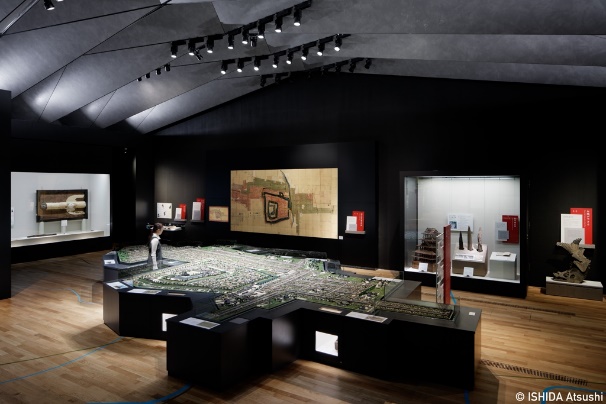
A diorama modeled after a castle town
Senga-san
The diorama has a good reputation. Because of its shape, everyone enjoys looking at it from various angles. Leaving room for visitors' imagination - this was my theme when writing the explanations. In order to get visitors to think, rather than teaching them, you need to leave room for them to think. I think that it is precisely because it is a little lacking that there is room for visitors' creativity.
Kameyama
It's important to plan for space and room for visitors' creativity from the design stage. We also incorporated a device called "Monorize" that allows visitors to enjoy the exhibits from multiple angles. We aimed to show an exhibit material from multiple angles from the perspectives of fields such as folklore, history, and earth science, so that visitors would find their own way of enjoying the exhibits.
Senga-san
Looking back on it like this, I remember that as the design was coming together, the two of them asked me a lot of questions, such as "What do you want to do?" and "What do you want to convey?" Each time, I thought deeply about what a museum is, and what Matsumoto is. It was a difficult time, but now I look back on it as a very happy time.
Kameyama
Didn't you dislike being asked those kinds of questions by Nomura?
Senga-san
When I started to rely too much on superficial techniques or was too concerned with deadlines, Kameyama-san and Fukano-san pointed it out. Thanks to them, I was able to rethink the essence of things and my thoughts became deeper and deeper. I didn't find it unpleasant at all.
Kameyama
That's good, I'm relieved (laughs).
There were other challenges to increase the museum's potential, too. One of them was bringing in creators who are active in Matsumoto.
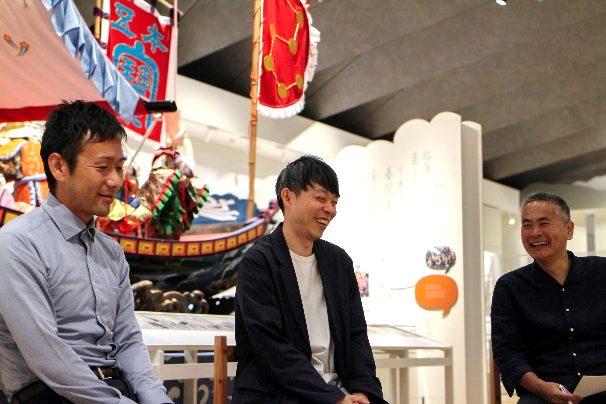
What I wanted to create was a museum for the citizens, where the citizens could gather.
Senga-san
In the past, local residents may have had the impression that museums were for tourists. But what we wanted to create was a museum for local residents, where local residents could gather to learn more about Matsumoto. To achieve this, we wanted to involve local residents from the very start of the creation process.
Fukano
As someone responsible for the creative side, when I was first told, "We have these people in our hometown, so let's work together," I was scared, wondering if I could fully direct them. I met everyone with excitement, but they were very gentle with me... They didn't force anything on me, but they took my thoughts into account and expressed them many times over. There are many spaces in the museum that are made possible by the appeal of their creations.
Senga-san
There are a lot of wonderful people in the local area. It would be interesting if they could hold workshops here, turn the museum into a hub for cultural exchange, and help revitalize the local area.
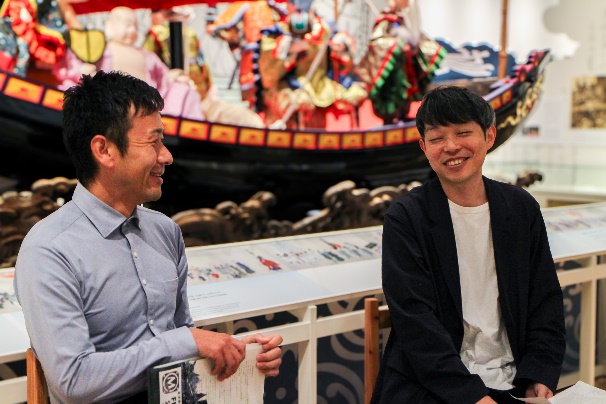
Kameyama
The temari balls in the "Temari Mobile" at the first floor entrance were also made by local citizens.
Senga-san
I get the impression that many visitors post photos of their "Temari Mobiles" on social media. It's nice to see the crystals that we made together with the local community catching their attention.
Kameyama
This exhibition was made possible because Edo period temari balls had been carefully preserved and passed down in the storehouse -- it's quite dramatic.
Senga-san
All museums today are struggling with storage issues. However, it is precisely because they have been preserved for so many years that they are now being brought into the spotlight. I believe that the story of this temari (※) can be a tool to convey the purpose of the existence of the entire museum.
*The story of Temari = "Matsumoto Temari Project". For more information, please click here:
https://matsu-haku.com/matsuhaku/wp-content/uploads/sites/2/2021/08/d523665682d7d24e0384a4a419162e69.pdf
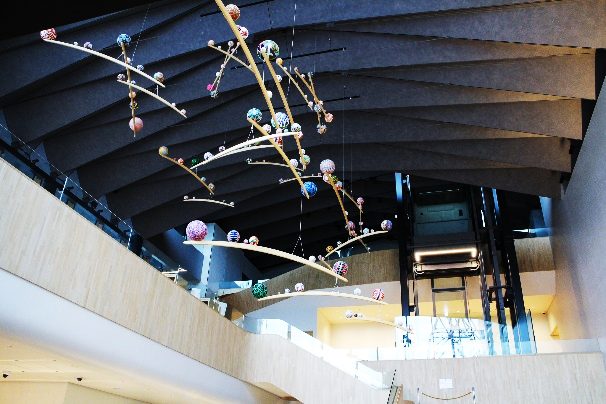
Temari Mobile
Kameyama
We looked back on a lot of things today, and I was able to confirm once again that there are many possibilities for utilizing culture in the process of building a museum. What are your thoughts on this, Senga-san?
Senga-san
It was a big project, so there was pressure, but I think it was mostly fun (laughs). We were all about Matsumoto, and we promoted Matsumoto as if to say, "What do you think?" That was fine. I gradually realized that a regional museum should not be thought of separately from regional development. Rather than thinking about the museum, I met many different people with the idea of thinking about the Matsumoto region, and I had a great time.
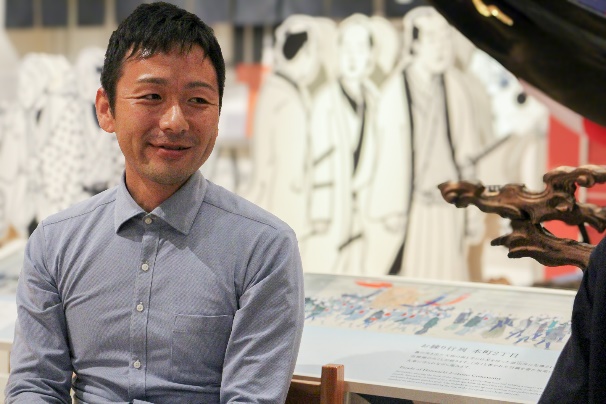
Kameyama
Given that, what was your impression of NOMURA Co., Ltd.? I'll ask you now, but...
Senga-san
At first, I was a little hostile because I didn't want to show too much of the individuality of the design company. Like, "We're not going to do whatever we're told." (laughs)
Kameyama and Fukano
(lol)
Fukano
Of course that's true.
Senga-san
But when we actually worked together, everyone had a lot of knowledge from their past experiences. They told us in advance what would happen if we failed. I was grateful for that, and I think it helped me improve my own thinking. Above all, they tried to understand Matsumoto, went to the site with us and listened to what we had to say... I think we were able to move forward as a team, deepening Matsumoto studies together and creating something great.
Fukano
Since I started studying Matsumoto, I have completely fallen in love with Matsumoto. Now, even when I see castles in other regions, I think, "This part of Matsumoto Castle is nicer."
Kameyama
We hope that many people will enjoy the efforts being made at the new museum, such as exhibits that the museum staff can continue to change and exhibits that allow visitors to ask their own questions. Thank you very much for taking the time to join us today, Senga-san.
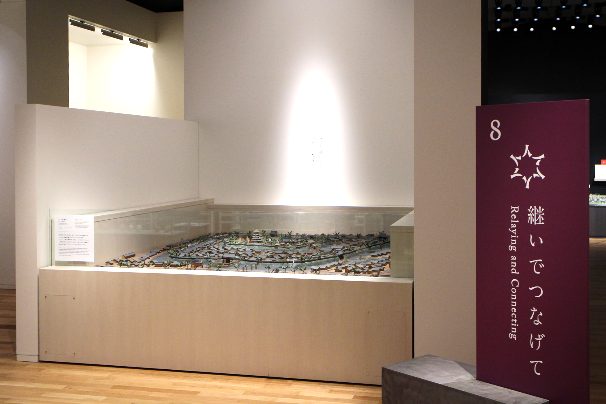
"Theme 8: Connecting and Passing On" is an exhibition that conveys the significance of the museum's activities and the inheritance of history.
Text: Shoko Minamoto Photography: Yuhi Ito (nomlog editorial department)
Like this article?
- editor
-

-
Web version of "Cultivate" team
Cultivate, which proposes the future of the "cultural environment," is relaunching as a web version on nomlog for the first time in 10 years.
